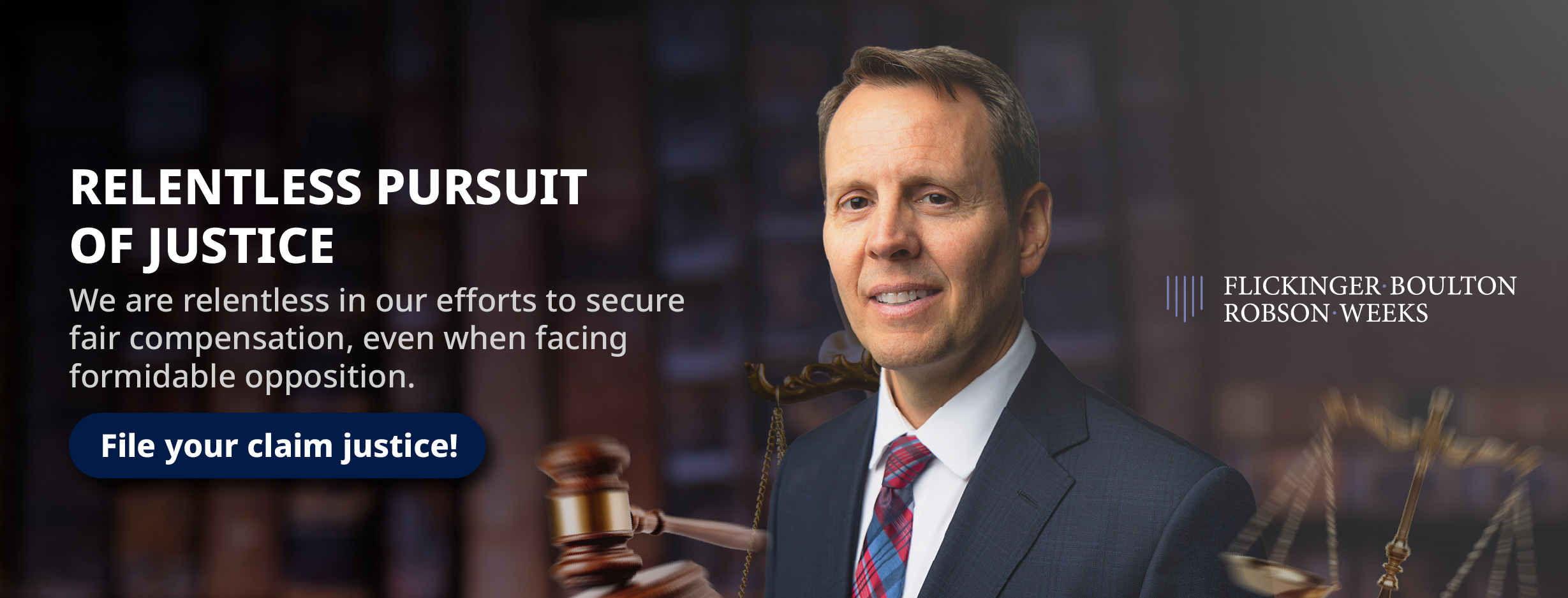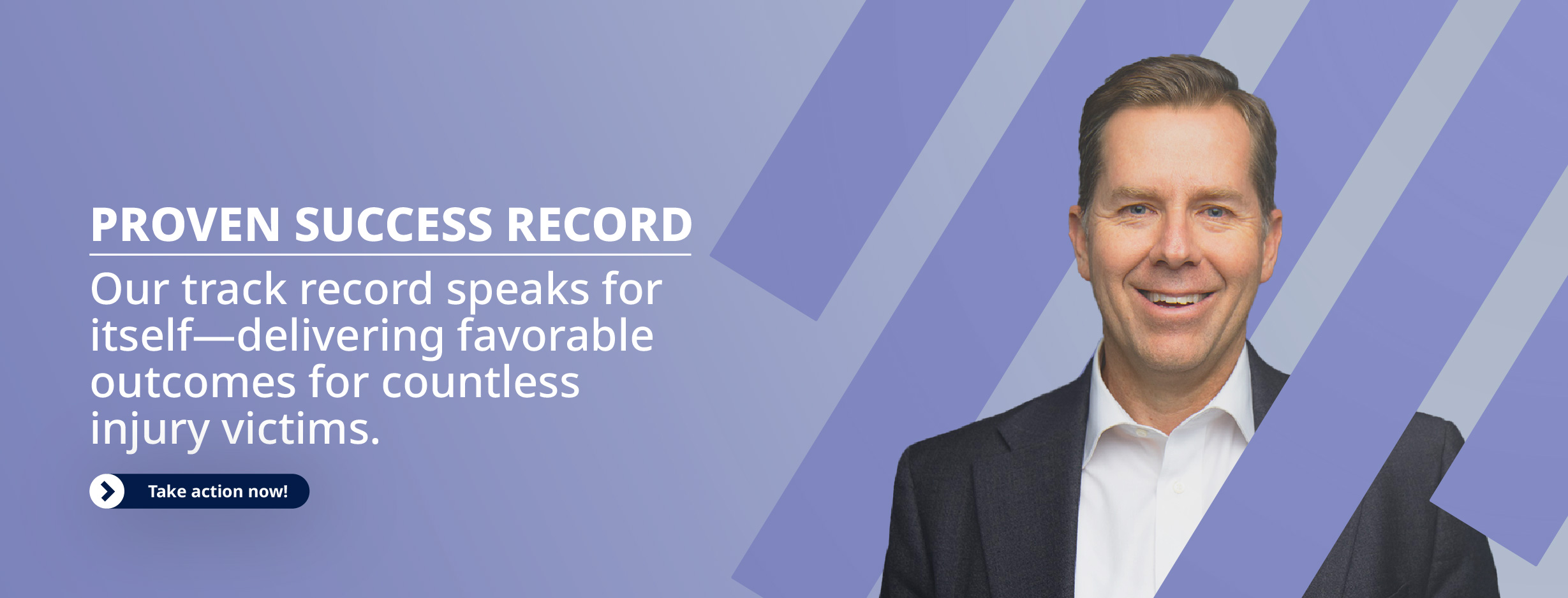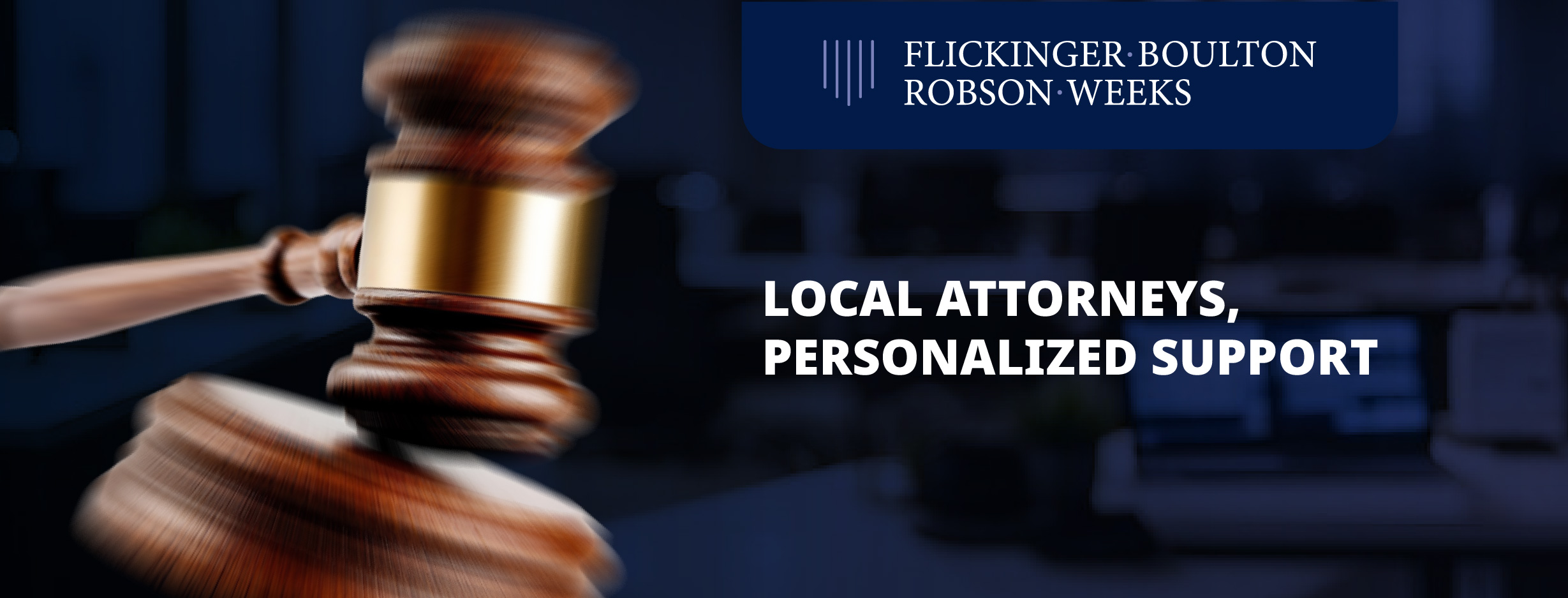When an accident turns your life upside down, you need a legal team that understands the challenges you’re facing and is ready to fight for the compensation you deserve. At Flickinger Boulton Robson Weeks, our experienced Sandy personal injury lawyers are committed to standing by your side, ensuring your rights are protected every step of the way.
Whether you’ve been injured in a car accident, a slip and fall, or any other incident caused by someone else’s negligence, we have the knowledge and resources to pursue the maximum compensation available. With a proven track record of success and a client-focused approach, we take pride in providing the personalized attention and aggressive representation you need during this difficult time.
Let us handle the legal battle while you focus on healing. Contact us today for a free consultation.
Utah follows a modified comparative negligence system, which impacts how compensation is awarded in personal injury cases. This legal framework ensures that damages are distributed fairly when multiple parties share responsibility for an accident.
The law sets clear guidelines on how courts and insurance companies assess liability and compensation, preventing plaintiffs from recovering damages if they bear too much responsibility for their own injuries.
Under Utah Code § 78B-5-818, a complainant’s ability to recover compensation depends on whether their share of negligence is less than 50%. This means:
This rule distinguishes Utah’s system from pure comparative negligence models, where complainants can recover damages even if they are primarily responsible for an accident.
When a complainant qualifies for compensation, their awarded amount is reduced proportionally to their share of responsibility. For example, if a complainant is awarded $100,000 in damages but is found to be 20% at fault, their final recovery would be reduced to $80,000. This approach ensures that complainant are held accountable for their portion of negligence while still receiving fair compensation for the damages caused by another party.

Utah’s comparative negligence laws apply to various Sandy personal injury cases, including:
In these cases, courts or insurance adjusters evaluate evidence, such as witness testimony, accident reports, and expert analysis, to determine how liability should be distributed among all involved parties.
Additionally, Utah law allows multiple defendants to be held liable under this system. Courts assign a percentage of negligence to each responsible party, and defendants may be jointly and severally liable, depending on their level of responsibility. However, if a single defendant is found less than 40% responsible, they are only required to pay their proportional share of the damages, rather than covering the full amount.
By following Utah’s comparative negligence laws, courts and insurance companies aim to ensure that Sandy personal injury claims are handled fairly, balancing accountability with the right to pursue compensation.
Determining fault in a personal injury case is a crucial step in establishing liability and securing compensation. The process involves gathering evidence, analyzing applicable laws, and assessing each party’s level of responsibility.
Fault can be established through various means, including accident reports, witness testimony, and expert analysis, all of which help paint a clear picture of how an incident occurred.
Courts and insurance companies consider several factors when assessing fault in personal injury cases, including:
These factors help determine whether a defendant is legally responsible for a plaintiff’s injuries and to what extent they should be held liable.
To establish fault in personal injury cases, different types of evidence are utilized, including:
Each piece of evidence contributes to building a strong case, helping courts or insurance adjusters determine liability.
Different states follow different legal doctrines when assessing fault. The two primary systems are:
Understanding how fault is determined is essential in any personal injury case. A thorough investigation, supported by solid evidence, helps ensure that liability is reasonably assigned and victims receive the compensation they deserve.

Comparative negligence plays a significant role in determining how much compensation a personal injury victim can receive in Sandy. This legal principle affects the final payout by adjusting the amount of damages based on the injured party’s share of responsibility for the accident.
Since different states follow varying comparative negligence laws, the impact on compensation depends on the jurisdiction in which the claim is filed.
In states that follow comparative negligence, a plaintiff’s compensation is reduced proportionally to their level of fault. This means that if a plaintiff is partially responsible for their injuries, the damages awarded will be decreased accordingly.
For example:
The more responsibility assigned to the plaintiff, the less compensation they receive. However, some states set a threshold limit on recovery based on fault percentages.
States follow different versions of comparative negligence, which can significantly impact a plaintiff’s ability to recover damages:
For example, in a 51% bar rule state, a plaintiff who is found 51% responsible for their accident would receive nothing, whereas a plaintiff found 50% at fault would still be able to recover half of their damages.
Insurance companies use comparative negligence principles when evaluating claims. Adjusters review evidence to determine each party’s level of fault, which directly impacts the settlement offer.
Insurers may argue that the plaintiff shares a higher percentage of negligence to reduce the payout. This is why injured parties need to present strong evidence, such as:
By presenting compelling evidence, plaintiffs can minimize their assigned fault percentage and maximize their potential compensation.
One of the biggest challenges in a comparative negligence case is proving the other party’s level of fault. Defense attorneys and insurance companies often attempt to shift blame onto the plaintiff to reduce their financial liability. A skilled personal injury attorney can counter these strategies by collecting strong evidence, analyzing accident details, and negotiating for a fair settlement.
Understanding the impact of comparative negligence is crucial for injury victims. By knowing how fault affects compensation and working with a knowledgeable attorney, plaintiffs can protect their rights and secure the maximum compensation available under the law.

At Flickinger Boulton Robson Weeks, we understand that personal injury cases often involve complex disputes over fault. Utah follows a modified comparative negligence system, meaning that if an injured party is found to be 50% or more at fault, they cannot recover damages.
Our firm minimizes our clients’ assigned fault and maximizes their compensation. By employing strategic legal tactics, gathering compelling evidence, and aggressively negotiating with insurance companies, we ensure that our clients in Sandy personal injury cases receive the best possible outcome.
The first step in navigating comparative negligence is conducting a thorough investigation of the accident. Our legal team works quickly to collect and analyze key evidence, which may include:
By compiling strong evidence, we aim to reduce the percentage of fault assigned to our clients and shift more responsibility to the at-fault party.
Insurance companies often try to assign more blame to injury victims to reduce or deny their claims. They may argue that a client’s actions contributed to their injuries, even when the other party was negligent. Our firm anticipates these tactics and fights back by:
When insurance adjusters attempt to use comparative negligence laws against our clients, we provide a strong legal defense to challenge their arguments and protect our clients’ financial recovery.
Even if a client is partially responsible for an accident, they still deserve compensation for their medical expenses, lost wages, pain and suffering, and other damages. Our firm takes a strategic approach to proving damages by:
By presenting comprehensive evidence of damages, we ensure our clients receive the highest compensation possible despite comparative negligence claims.

If an insurance company refuses to offer a fair settlement, our firm is fully prepared to take the case to trial. We build a compelling argument to present before a jury, using:
By showing that our client’s fault percentage is minimal or exaggerated, we help secure a favorable verdict that ensures fair compensation.
At Flickinger Boulton Robson Weeks, we are committed to fighting for injury victims in Sandy, ensuring that Utah’s comparative negligence laws do not unfairly limit their right to compensation. If you’ve been injured, contact our team today to discuss your case and learn how we can help.
At Flickinger Boulton Robson Weeks, we understand how challenging life can become after a serious injury, and we are here to help you navigate the legal process confidently. Whether you’re facing mounting medical bills, lost income, or ongoing pain and suffering, our experienced Sandy personal injury lawyers are dedicated to fighting for the compensation you deserve.
Flickinger Boulton Robson Weeks proudly serves clients from its offices in cities like Provo, Lehi, and South Jordan. The firm is dedicated to providing personalized legal representation, ensuring every client receives the attention and advocacy they deserve.
With a strong track record in personal injury law, our team is committed to achieving the best possible outcomes while prioritizing client well-being. Our extensive experience and dedication make them a trusted choice for those seeking justice after an injury.
Don’t wait to protect your rights! Contact us today at (801) 500-4000 for a free consultation. Let our legal team stand by your side and fight for the justice and financial recovery you need to move forward.
Bicycle Accidents
Motorcycle Accidents
Boating Accidents
Recreational Vehicle Accidents
Bus and Mass Transit Accidents
Pedestrian Accidents
Automobile Accidents
ATV or UTV Rollovers
Commercial Vehicle Accidents
Semi Truck and Trailer Accidents
UTAH INJURY LAWYERS
Flickinger • Boulton
• Robson • Weeks
PROVO OFFICE
3000 N University Ave
Suite 300
Provo, UT 84604
SOUTH JORDAN OFFICE
10393 S. Temple Dr.
Suite 103
South Jordan, Utah 84095
OFFICE HOURS
Monday- Friday: 8AM-5PM
Saturday-Sunday: Closed
*Disclaimer: the information provided by this website is for informational purposes only and should not be considered legal advice or a substitute for competent legal counsel.
**SMS consent and contact phone numbers will not be shared or sold to third parties or their affiliates for any purpose.
© 2025 All Rights Reserved.